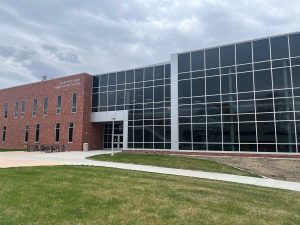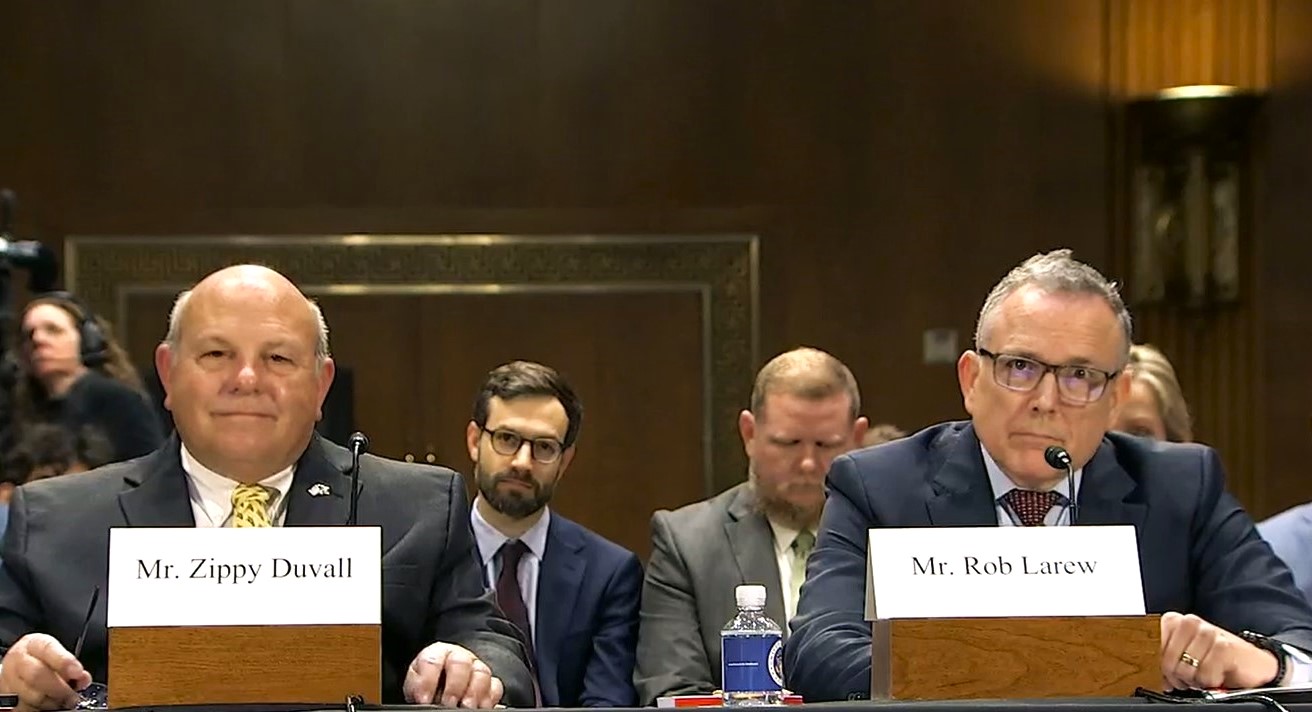BROOKINGS, S.D. – SDSU was the first university in the country to create a program that teaches and helps farmers use precision ag, the science of new technologies and traditional methods that make operations more efficient to increase crop yields while reducing environmental impacts. For example, the use of global positioning satellites helps target chemicals and fertilizers where they’re needed most.
South Dakota State University’s new precision agriculture program has had success at persuading in-state and some other Midwestern farmers to use more technology in their operations, while other states lag in their adoption of it.
Ali Mirzakhani Nafchi, an assistant professor at the precision ag center, said the school is working to increase usage through education and research to make the technology more practical for farmers.
“I am very, very optimistic it is going to work. And we will see the changes not only in South Dakota, in the nation and in the world,” Nafchi said.
South Dakota has one of the highest percentages of usage, with 53% of farmers using precision ag technology, according to a study from the U.S. Department of Agriculture.
Other Midwest states where more than half the farmers also use precision ag include North Dakota, Iowa, Illinois and Nebraska, according to a study done by the SDSU Ness School of Management and Economics.
Nationally, just 27% of farmers use precision ag practices to manage crops or livestock, the Ness study found.
 Precision Agriculture Practices Coming To Forefront In Livestock Management 〉
Precision Agriculture Practices Coming To Forefront In Livestock Management 〉
The most widely adopted precision ag technologies include auto-steering in machinery and guidance or “georeferencing technology,” the process of taking digital images.
Satellite imagery is the next most widely adopted technology, with nearly 60% of farmers having used it, according to the Ness study.
The technology typically increases crop production by 4% and fertilizer placement efficiency by 7%, according to a study done by the Association of Equipment Manufacturers. Precision ag also reduces herbicide and pesticide, fossil fuel and water use.
Despite the benefits to optimizing returns and yields, factors such as cost and lack of general knowledge about precision ag have prevented most farmers from using the tech products as widely as originally hoped.
Anna Karels, a student at the precision ag center, said it takes money to get started but will save money in the long term.
“I think it’s hard for a lot of farmers to (understand) that, yes, it (might increase) my costs … upfront, but it pays off over a certain number of years,” Karels said.
Nafchi said lowering the initial rate will incentivize more farmers to use the technology.
“Initial costs for variable rate application is too high,” Nafchi said. “So imagine if we get help. Somehow maybe make it less inexpensive, or lower the initial costs, or just go and do an incentive, investment for them, and ask them to just try it. Then they see the return on their investment is really good. I’m very optimistic they will use it.”
If the initial costs are unattainable for some farmers, there are programs in place to help operations use this technology. USDA and the National Science Foundation have provided almost $200 million for precision ag research and developmental funding from 2017 to 2021, according to the U.S. Government Accountability Office.
Another factor for the low adoption rates is the lack of knowledge around the new technology. But there are options for South Dakota farmers to learn more about it.
“Dealerships like John Deere, I know they have a lot of clinics that they put on and stuff like that,” Karels said. “(The school) does a lot of that to where they go out and show farmers, ‘OK, this is what this does and how it can help you and benefit you and they go through and show them how to use it.'”

SDSU’s Raven Precision Agriculture Center home to first program in nation
The Raven Precision Agriculture Center was built for students in the major to learn about precision ag in interactive ways.
The building features rooms full of equipment and precision ag products that students use to learn through hands-on technology. The $46.2 million building opened in August 2021, making it the first precision ag program in the nation.
Kasiviswanathan Muthukumarappan, endowed department head and professor at the center, said the department is proud of being the first but is now changing its curriculum to become the best program in the nation.
“We would like to grow our precision ag program to the next level, and elevate the experiences for our students,” Muthukumarappan said.
The department has to continue to make changes to keep up with the new technologies, and that is one thing the program can improve on, according to some students.
“The precision ag program is something that is going to have to keep changing to evolve to all the new technology that’s going on. And I think that maybe SDSU could do a little bit better job of keeping up with that,” Karels said.
This is something the program is working on, officials say.
One change is to add more specialized majors to collect more data on precision ag.
“Previously, we had a one recipe for all the students who are enrolled in (the) precision ag program, meaning that we combine agronomy and technologies together and make it one robust program,” Muthukumarappan said. “Now, we are making it more user friendly. And we have three different tracks. One is for a technology track. The other one is for a agronomy track. And the other one is for data track, electronic strikers.”
The program is also working on developing new technology.
“Currently, our new faculty are working on developing biosensors (and) developing unmanned vehicles,” Muthukumarappan said.
The program’s goal is to do more research that will make precision ag more practical for farmers, which in turn may raise the adoption rates.
The program is trying to raise enrollment rates by 20% in the next five years to make this goal attainable. SDSU’s mission is to simplify this technology and make it more practical for farmers, Nafchi said.
The program currently has 66 students.
“We have great resources as a building. And we didn’t have a lot of faculty resources, human resources, in doing things, offering things and doing research activities in this space,” Muthukumarappan said. “The last two years, we were able to hire three new faculty to do high-end research activities, bring in more research dollars and help our research program to grow.”













